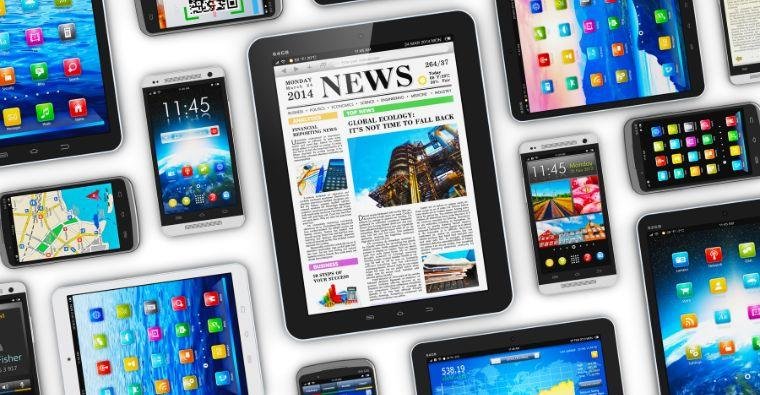Instant Messaging and Social Media
Mobile devices have paved the way for instant messaging platforms like WhatsApp, Telegram, and Facebook Messenger. These applications allow users to send text messages, images, and videos in real time, making communication faster and more dynamic. Social media platforms such as Twitter, Instagram, and TikTok also enable users to connect, share, and engage with a global audience, breaking down geographical barriers.
Voice and Video Calls
Mobile devices have made voice and video calls more accessible than ever. Applications like Zoom, Skype, and FaceTime allow users to communicate face-to-face, regardless of location. This capability has not only enhanced personal communication but has also revolutionized the way businesses operate, facilitating remote work and virtual meetings.
Diverse Communication Formats
The rise of mobile devices has introduced various formats for communication beyond traditional text. Emojis, GIFs, and stickers add emotional nuance to messages, while voice notes provide a personal touch. The ability to share multimedia content—like photos and videos—enriches conversations and helps convey messages more effectively.
Accessibility and Connectivity
Mobile devices have made communication more accessible, particularly for people with disabilities. Features like voice recognition, screen readers, and haptic feedback help ensure everyone can participate in conversations. Additionally, mobile connectivity allows users to stay in touch even in remote areas, fostering inclusivity and connection.
Shifting Cultural Norms
Mobile communication has influenced cultural norms surrounding how and when we interact. The expectation for quick responses has changed social dynamics, making communication more immediate and sometimes more superficial. People now often prioritize texting over face-to-face conversations, leading to a shift in how relationships are formed and maintained.
Impact on Language and Expression
With the rise of mobile communication, language is evolving. Abbreviations, acronyms (like “LOL” and “BRB”), and informal language are becoming more common in everyday communication. This evolution reflects the need for speed and efficiency in digital conversations, particularly in platforms with character limits.
Business Communication Transformation
Mobile devices have changed how businesses communicate internally and externally. Companies can quickly disseminate information through emails, messaging apps, and social media, enhancing collaboration and customer engagement. Mobile communication tools have also made it easier for teams to work together remotely, fostering a more agile work environment.




